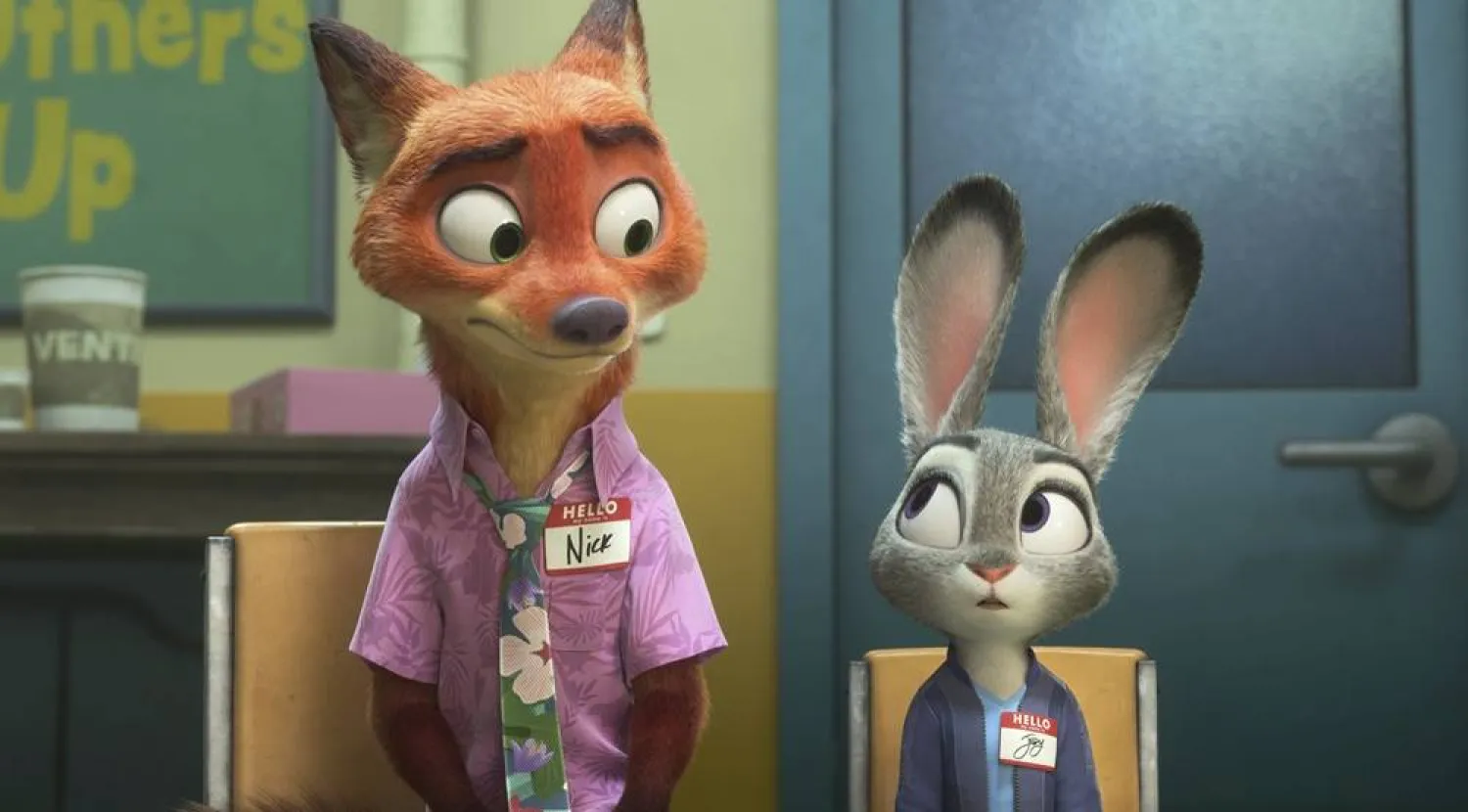Paul Reubens, the actor and comedian whose Pee-wee Herman character — an overgrown child with a tight gray suit and an unforgettable laugh — became a 1980s pop cultural phenomenon, has died at 70.
Reubens, who’s character delighted fans in the film "Pee-wee’s Big Adventure" and on the TV series "Pee-wee’s Playhouse," died Sunday night after a six-year struggle with cancer that he kept private, his publicist said in a statement.
"Please accept my apology for not going public with what I’ve been facing the last six years," Reubens said in a statement released Monday with the announcement of his death. "I have always felt a huge amount of love and respect from my friends, fans and supporters. I have loved you all so much and enjoyed making art for you."
Created for the stage, Pee-wee with his white chunky loafers and red bow tie would become a cultural constant in both adult and children's entertainment for much of the 1980s, though an indecent exposure arrest in 1991 would send the character into entertainment exile for years.
The staccato giggle that punctuated every sentence, catch phrases like "I know you are but what am I" and a tabletop dance to the Champs' song "Tequila" in a biker bar in "Pee-wee's Big Adventure" were often imitated by fans, to the joy of some and the annoyance of others.
Reubens created Pee-wee when he was part of the Los Angeles improv group The Groundlings in the late 1970s. The live "Pee-wee Herman Show" debuted at a Los Angeles theater in 1981 and was a success with both kids during matinees and adults at a midnight show.
The show closely resembled the format the Saturday morning TV "Pee-wee's Playhouse" would follow years later, with Herman living in a wild and wacky home with a series of stock-character visitors, including one, Captain Karl, played by the late "Saturday Night Live" star Phil Hartman.
HBO would air the show as a special.
Reubens took Pee-wee to the big screen with 1985’s "Pee-wee’s Big Adventure," which takes the character outside for a nationwide escapade. The film, in which Pee-wee’s cherished bike is stolen, was said to be loosely based on Vittorio De Sica’s Italian neo-realist classic, "The Bicycle Thief." Directed by Tim Burton and co-written by Hartman, the movie was a success, grossing $40 million, and continued to spawn a cult following for its oddball whimsy.
A sequel followed three years later in the less well-received "Big Top Pee-wee," in which Pee-wee seeks to join a circus. Reubens’ character wouldn’t get another movie starring role until 2016’s Pee-wee’s Big Holiday," for Netflix. Judd Apatow produced Pee-wee’s big-screen revival.
His television series, "Pee-wee’s Playhouse," ran for five seasons, earned 22 Emmys and attracted not only children but adults to Saturday-morning TV.
Jimmy Kimmel posted on Instagram that "Paul Reubens was like no one else — a brilliant and original comedian who made kids and their parents laugh at the same time. He never forgot a birthday and shared his genuine delight for silliness with everyone he met."
Both silly and subversive and championing nonconformity, the Pee-wee universe was a trippy place, populated by things like a talking armchair and a friendly pterodactyl.
Director Guillermo del Toro tweeted Monday that Reubens was "one of the patron saints of all misfitted, weird, maladjusted, wonderful, miraculous oddities."
The act was a hit because it worked on multiple levels, even though Reubens insists that wasn’t the plan.
"It’s for kids," Reubens told The Associated Press in 2010. "People have tried to get me for years to go, ‘It wasn’t really for kids, right?’ Even the original show was for kids. I always censored myself to have it be kid-friendly.
"The whole thing has been just a gut feeling from the beginning," Reubens told the AP. "That’s all it ever is and I think always ever be. Much as people want me to dissect it and explain it, I can’t. One, I don’t know, and two, I don’t want to know, and three, I feel like I’ll hex myself if I know."
Reubens' career was derailed when he was arrested for indecent exposure in an adult movie theater in Sarasota, Florida, the city where he grew up. He was handed a small fine, but the damage was incalculable.
He became the frequent butt of late-night talk show jokes and the perception of Reubens immediately changed.
"The moment that I realized my name was going to be said in the same sentence as children and sex, that’s really intense," Reubens told NBC in 2004. "That’s something I knew from that very moment, whatever happens past that point, something’s out there in the air that is really bad."
Reubens said he got plenty of offers to work, but told the AP that most of them wanted to take "advantage of the luridness of my situation", and he didn't want to do them.
"It just changed," he said. "Everything changed."
He did take advantage of one chance to poke fun at his tarnished image. Just weeks after his arrest, he would open the MTV Video Music Awards, walking on to the stage alone and saying, "Heard any good jokes lately?" (Herman appearances on MTV had fueled Pee-wee’s popularity in the early 1980s.)
In 2001, Reubens was arrested and charged with misdemeanor possession of child pornography after police seized images from his computer and photography collection, but the allegation was reduced to an obscenity charge and he was given three years probation.
Born Paul Rubenfeld in Peekskill, New York, in 1952, the eldest of three kids, he grew up in Sarasota where his parents ran a lamp store and he put on comedy shows for neighbor kids.
After high school he sought to study acting. He spent a year at Boston University, and was then turned down by the Juilliard School and Carnegie-Mellon University. So he enrolled at the California Institute of the Arts. That would lead to appearances at local comedy clubs and theaters and joining the Groundlings.
"Paul’s contributions to comedy and entertainment have left a lasting impact on the world, and he will be greatly missed by all in the Groundlings community," the group said in a statement.
After the 1991 arrest, he would spend the decade playing primarily non-Pee-wee characters, including roles in Burton’s 1992 movie "Batman Returns," the "Buffy the Vampire Slayer" film and a guest-star run on the TV series "Murphy Brown."
He also appeared in the 1999 comedy film "Mystery Men" and Johnny Depp's 2001 drug-dealer drama "Blow."
Reubens — who never lost his boyish appearance even in his 60s, would slowly re-introduce Pee-wee, eventually doing a Broadway adaptation of "The Pee-wee Herman Show" in 2010, and the 2016 Netflix movie.
Reubens was beloved by his fellow comedians, and fans of Pee-wee spanned the culture.
"His surreal comedy and unrelenting kindness were a gift to us all," Conan O'Brien tweeted. "Damn, this hurts."









